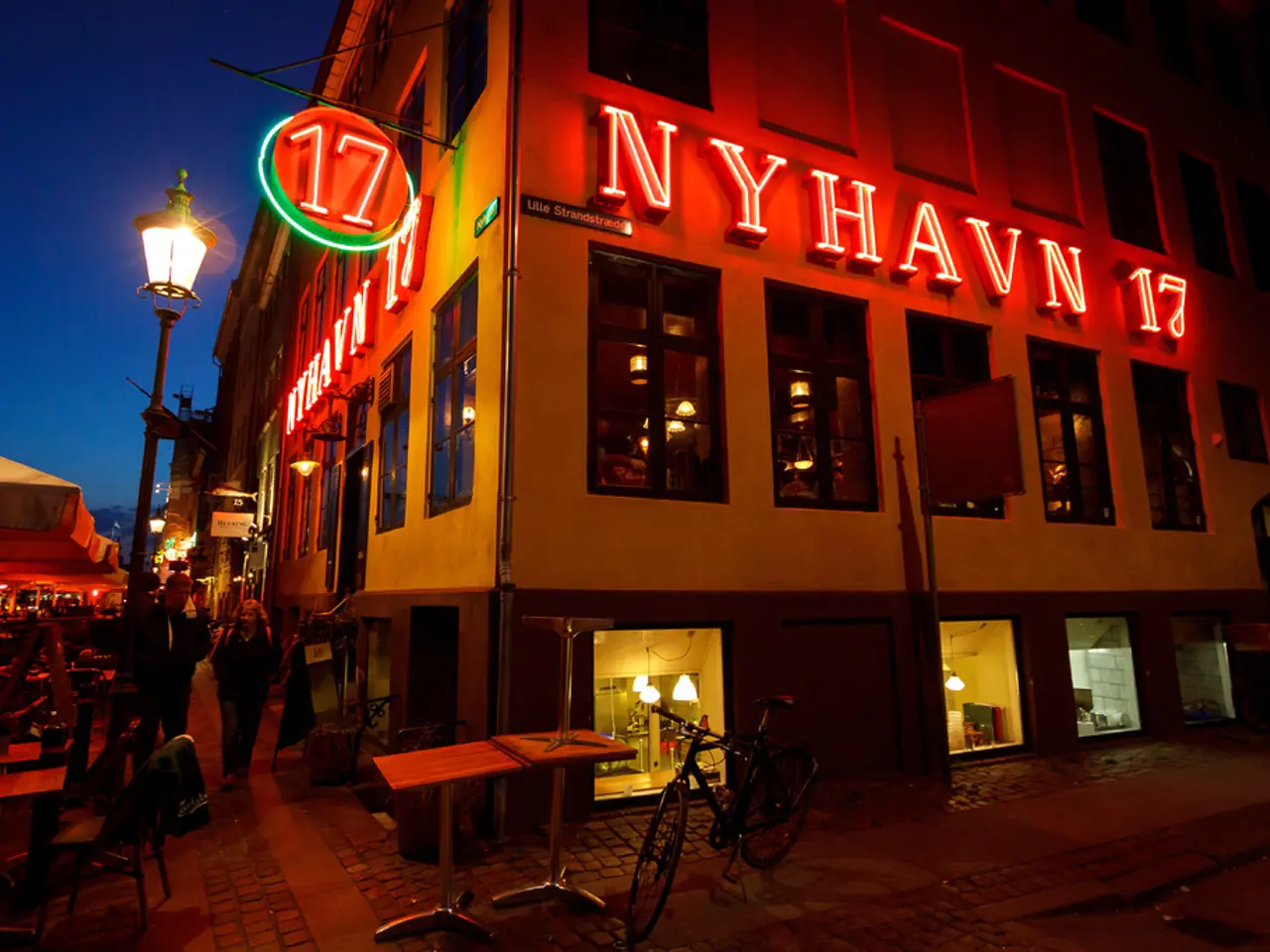Rethought Perspectives: The Red Residence
In the Kentish hamlet of Upton, now known as Bexleyheath, stands a significant building in British architecture - the Red House. Built in 1860, this red brick house with tall chimneys and pointed windows was a demonstration of the ideals of William Morris, a key figure in the Arts and Crafts movement in late Victorian Britain.
The Red House was co-designed by Morris and Philip Webb, who later founded the decorative arts firm Morris, Marshall, Faulkner & Co in 1861. Webb designed an 'L-shaped' plan for the house, with the front wing containing the main living spaces facing north and the rear wing containing secondary rooms facing south. The design was a romantic 13th-century typology, with living spaces flowing from room to room, breaking social conventions.
The house's exterior showcases simple, solid forms with wide porches, steep roofs, and pointed window arches, reflecting traditional British vernacular architecture. Philip Webb deliberately created an asymmetrical and picturesque composition, emphasizing ordinary materials and craftsmanship, marking a rejection of classical revivalism.
Inside, materials and handmade details like red flagstones, exposed brick arches, timber framing, and original furnishings designed or curated by Morris, Janey Morris, and Edward Burne-Jones illustrate the integrated approach of art, craft, and architecture central to the Arts and Crafts philosophy. The Red House challenged Victorian norms by allowing living spaces to flow into one another, encouraging freer social interaction.
Beyond being Morris’s residence, the Red House also served as a creative hub for the founding of Morris, Marshall, Faulkner & Co., a firm that significantly influenced decorative arts through stained glass, furniture, and fabric design. The Red House's design directly influenced later Arts and Crafts architecture and the broader modern architectural movement focused on truth to materials, social purpose, and craftsmanship.
Morris, later in life, pursued political interests and became a member of the Liberal party and later founded the Socialist League. Despite the expensive nature of the products from Morris, Marshall, Faulkner & Co., which only served the rich, the Red House remains a testament to Morris's ideals against mechanized production and stylistic superficiality.
The Red House, named for its use of red brick and unconventional window arrangement, continues to stand as a reminder of Morris's belief that art should be defined as a "the way in which man expresses joy in his work". John Pardey, in his discussions about the Red House, highlights its significance in British architecture as a pioneering example of the Arts and Crafts movement and modern architecture.
The Red House, a significant architectural gem in British history, was not only the home of William Morris but also served as a hub for the establishment of Morris, Marshall, Faulkner & Co, a company that shaped the decorative arts industry. The integration of art, craft, and architecture within the house, including the use of red flagstones, timber framing, and original furnishings, is a reflection of the home-and-garden lifestyle Morris advocated. Moreover, the Red House's design, with its rejection of classical revivalism and embrace of traditional materials and craftsmanship, has left a lasting impact on both business practices and lifestyle ideologies, influencing modern architecture and the broader Arts and Crafts movement.



